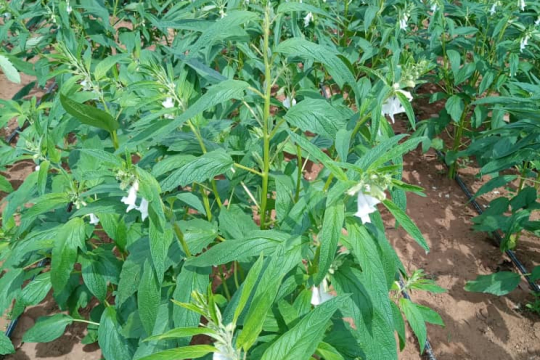This paper analyses the possibilities for sustainable land use management at farm level to preserve the tropical rainforest in the Lindi region, Tanzania. It investigates the implication of agricultural production, in particular a high valued sesame production on household deforestation in Kilwa district, in Lindi region.
The choice of the study area is because Lindi region is one of the leading sesame producers in the country. The analysis is based on data collected in Kilwa district, from a sample of 310 households in six village. The key question in the questionnaire administered to heads of households was, among others, factors that influenced their decision to clear new land for sesame farming in the previous crop season. Thus, the study set out to understand drivers of deforestation in Lindi region at the household level. Using bivariate Probit model it investigated whether sesame production influenced clearance of new area. The main findings of this study indicate that even though sesame production influence household welfare positively, it is also likely to affect the environment negatively. It recommends the need to put in place appropriate policies and infrastructure such that farmers can increase productivity without the need to expand farm land.


